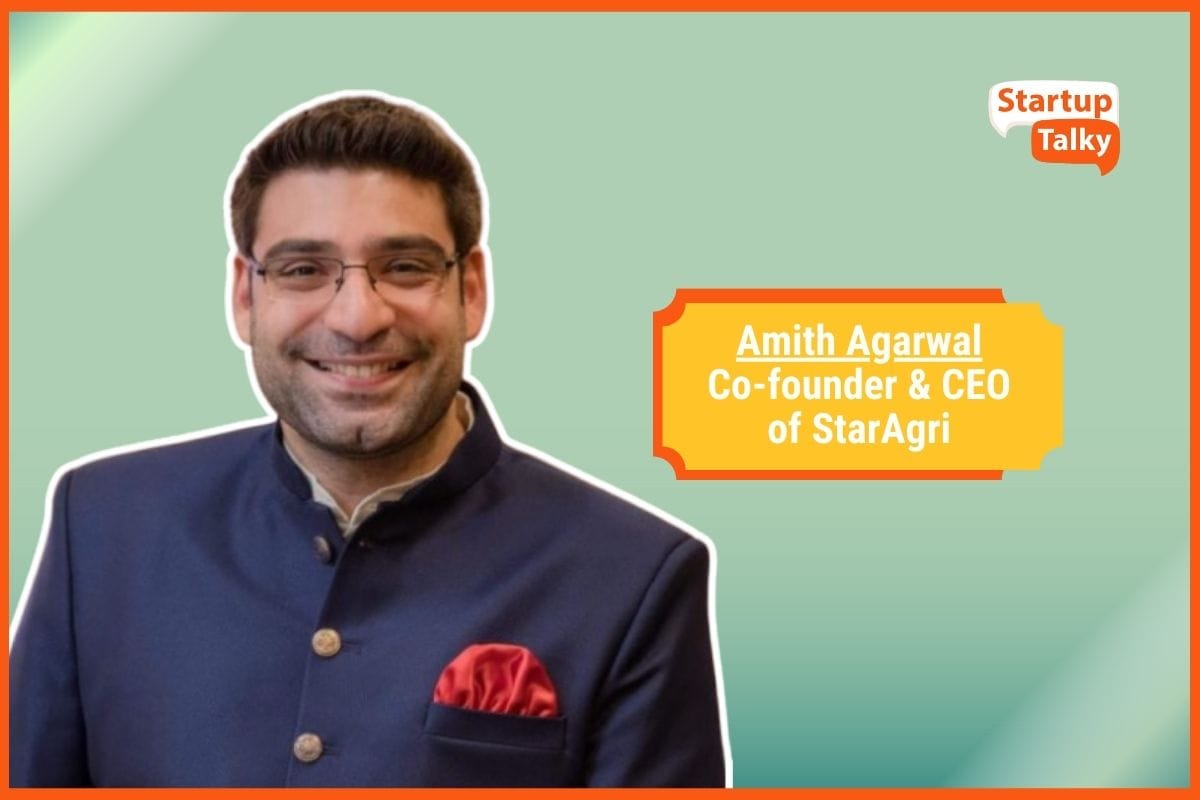Why Venmo Struggles to Make Profit?
📖 Learning
In recent decades, humanity has made remarkable advancements in technology and innovation. Though the hard work and effort behind these innovations may often go unnoticed, they have led to a wide range of highly efficient products that are readily accessible to us. It's remarkable to consider that just a few decades ago, the idea of carrying a computer in our pocket was only a figment of the imagination, and now the digital world has made nearly everything accessible from the palm of our hand.
One of the most remarkable advancements in technology is the ability to send money digitally without the need for physical proximity to the recipient. This revolution in finance is second only to the invention of money itself and has made transactions more convenient and efficient. It's truly astonishing to think about the advancements in technology and finance.
The availability of numerous applications that offer digital money transfer services has created a thriving and competitive market. The innovative nature of this industry is intriguing to observe. This article focuses on a particular player in the digital finance industry, Venmo. Although Venmo may not be well-known in India, it has gained immense popularity outside of the country. In this article, we will examine Venmo's operations and the obstacles it faces in achieving profitability.
Venmo - About
Venmo - From Valuation to Growth
Challenges for Instant Money Transfer Businesses
Why Venmo Struggles With Profitability
Venmo - About
Venmo is a mix of two words: vendere (Latin), which means to sell, and mobile, which tells about the mobile nature of transactions and can be carried out by a smartphone. Founded in 2009, Venmo is an American mobile payment service that has been owned by PayPal since 2013.
Venmo allows users to send and receive money in a hassle-free manner. All they have to do is connect the app to their bank account, and they can send or receive money via their mobile numbers. Venmo has come a long way from being just a startup that had under 10 people to this mammoth app of transactions. This app has earned a lot of daily active users, and the reasons are many. Here are some of the reasons behind the popularity of the app:
Convenient To Use
Apps like Venmo provide a high level of convenience and eliminate the need to be physically present for payments. With a simple tap on your phone, you can effortlessly send money to anyone with a Venmo account, freeing you from the hassle of traditional payment methods. This convenience makes the app super famous and makes people use these two words often, ‘Venmo Me!’
Safe and Fast
Venmo's fast and easy payment process is a major reason for its popularity. You just need to type the number, select the amount, and whoosh! Money is transferred. The reliability and convenience of the platform have made it a favorite among a wide range of users. The speed of payment and ease of transfer are hallmarks of the Venmo experience.
Free With No Hidden Charges
Venmo is free. What? Yes, this app lets you transfer money to anyone instantly and saves you from the hassle of paying with cash. The added benefit of being completely free is another major reason for its widespread use. People prefer not to pay for payment services, so the fact that Venmo is free is a major advantage and has helped it gain a large user base.

Venmo - From Valuation to Growth
Venmo was created in 2009 and the operations began shortly afterward. The idea behind sending money instantly was so cool that many people jumped right into the app. They were the first users of Venmo and they created a chain of people who love to send money instantly. This is how the user base of this company grew. The popularity and potential of Venmo attracted the attention of investors, and in 2012, it was acquired by Braintree for a sum of $26 million. Braintree assumed control of Venmo's operations but soon realized that the price they paid was a fraction of Venmo's true worth. Venmo's capabilities exceeded their initial expectations.
As Venmo's user base continued to grow in 2013, so did its valuation. This caught the attention of PayPal, which expressed interest in acquiring Venmo. However, as Venmo was part of Braintree, PayPal had to seek permission from Braintree. In an unexpected move, PayPal decided to purchase the entire Braintree, including Venmo, for a staggering $800 million.
As Venmo's market share grew, the company continued to improve its operations with the use of more advanced technologies. In 2018, the platform reported a total transaction value of $62 billion, a 79% increase from the previous year. With all these big numbers, the app has no profitability at all. It runs in deficit and the parent company, PayPal, is not generating any revenue from Venmo.
Despite its widespread popularity and large number of daily active users, Venmo has struggled to become profitable. All these years, from its launch to its user boom, the app, and the company has constantly seen failure in revenue generation. Let us see why it is hard for these businesses to earn money.
Challenges for Instant Money Transfer Businesses
Managing a company that deals in transferring highly liquid assets demands robust technology. Venmo must have a strong foundation in data security to ensure the safe storage of its users' information. Additionally, maintaining such a large business also requires substantial financial resources. All these issues are inherent to this business and must be addressed with the right methods. Here are some of the most inherent challenges with instant money transfer businesses like Venmo:
Huge Amount of Data
Apps like Venmo have to handle large amounts of data, including information from customers, merchants, banks, and related user accounts. The company must not only manage the data related to all these accounts but also store it securely. The data needs to be processed and retrieved quickly, requiring a robust data security infrastructure and top-notch management.
Laws and Regulations
In nearly all instances, apps such as Venmo are not subject to legal regulation. Unlike traditional banking institutions, these types of apps function independently and build their own user base. They rely solely on the trust of their users and are not monitored or governed by any government entity. They operate on their own accord.
Profitability
Another significant challenge faced by these businesses is profitability. Most money transfer services are free and people use them on a daily basis. The underlying issue is that consumers are unwilling to pay for the convenience of faster and easier payment methods. Indeed, these apps offer a multitude of conveniences, however, users are generally resistant to paying for these services, even when the fee is minimal. This reluctance to pay for the use of these apps is a major obstacle for these businesses in achieving profitability.

Why Venmo Struggles With Profitability
Venmo-like apps are all over the world but profitability still remains a big question. Venmo has everything a business could earn, a healthy amount of daily active users, a great number of transactions, and technological efficiency. Despite these advantages, Profitability in this industry remains elusive. Let us see why they struggle with profitability.
Distribution Building
The primary reason that companies and startups in this field do not generate profit is a focus on building a user base or distribution. The reason behind that is, they want to build a distribution system before prioritizing revenue generation. Building a robust user base takes priority for these companies and startups because a strong distribution network provides a solid foundation for future revenue generation. By prioritizing distribution, they aim to ensure a more effective and efficient method of revenue generation in the long run.
This trend is also observed in India, where apps that deal with instant money transfers such as Paytm and Google Pay, are competing to build a strong user base. Once they have established a large user base, they can leverage this to generate revenue by charging a small fee for transactions per customer. The objective is to first build a healthy and robust distribution network, which will then serve as a foundation for future revenue generation.
Free of Cost
These apps certainly provide an easy and convenient way to transfer money, but their widespread popularity is largely due to the fact that they are offered for free. Venmo and similar apps can be downloaded for free from the Google Play Store and iOS store, and this contributes to their widespread appeal. At present, the lack of a revenue model is a major obstacle to their profitability. While these companies may explore alternative methods in the future, as of now they rely solely on the popularity of their free services to attract users. This free-of-cost model is a significant factor in the widespread appeal of these apps to the masses.
Merchants and Distributors
When we say that Venmo is not making profits and only increasing expenses, it is a true reflection of their current financial situation. However, there may be some operations where this is not the case. Venmo does generate revenue, but it is relatively small. This revenue is generated from merchants who list their businesses on the app. PayPal operates similarly, also earning small amounts of revenue through the same method, which is then reinvested back into the business.
Banks
The process of transferring money through Venmo appears straightforward on the surface: select a contact and send money. However, there is a significant amount of work taking place behind the scenes. When money is transferred between users, the transaction is reflected in real-time on both accounts. However, the actual transfer of funds is completed at a later time through partnerships with banks. Venmo earns a small amount of revenue from these partnerships, but it is typically reinvested back into the business and has minimal impact on future operations.
Businesses like Venmo face various challenges and obstacles to profitability. The company has long focused on building a strong user base through distribution in order to increase its revenue prospects. Without a substantial number of users, the ability to generate revenue through fees or other means would be significantly impacted. So it is prudent to build daily users first and then ask for a small fee for convenience.

Conclusion
Venmo, owned by PayPal, is a widely used platform for money transactions. Its features entail peer-to-peer payment transfers that an individual can use to send or receive money. The app has experienced consistent growth since its launch and has become a well-recognized name in the industry. The phrase "Venmo me" has become a common expression in the cities where the app is used.
On the other hand, companies like Venmo face challenges in terms of profitability. To maintain a strong user base and efficient distribution, they prioritize building a robust distribution network over generating immediate revenue. While users appreciate the speed and convenience of the app, they may be resistant to paying fees for its use. As a result, these startups take their time establishing a strong infrastructure with the aim of generating future revenue streams.
FAQs
How is Venmo making money?
Venmo makes money by charging businesses a 2.9% transaction fee. It also charges a 1% fee for users who want to withdraw money instantly to their linked card.
Which is the parent company of Venmo?
PayPal is the parent company of Venmo.
What are the challenges faced by instant money transfer businesses like Venmo?
Some of the most inherent challenges with instant money transfer businesses like Venmo are:
- Huge Amount of Data
- Laws and Regulations
- Profitability
Must have tools for startups - Recommended by StartupTalky
- Convert Visitors into Leads- SeizeLead
- Website Builder SquareSpace
- Manage your business Smoothly Google Business Suite






